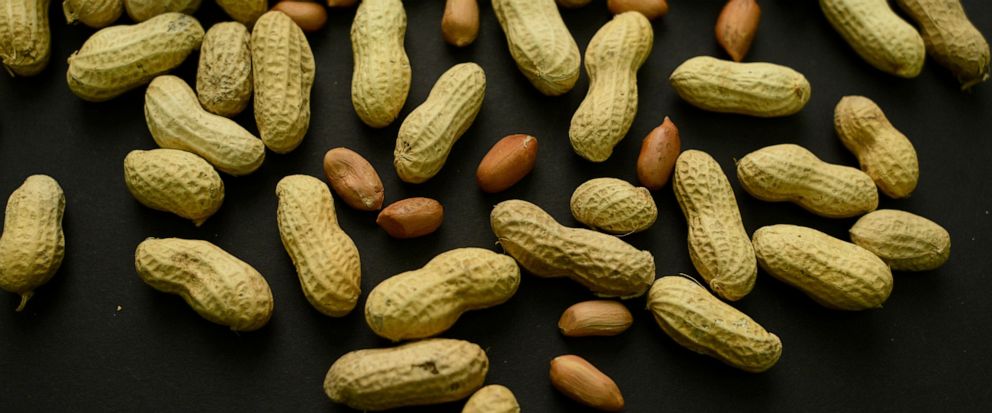WASHINGTON — An experimental skin patch is showing promise to treat toddlers who are highly allergic to peanuts — training their bodies to handle an accidental bite.
Peanut allergy is one of the most common and dangerous food allergies. Parents of allergic tots are constantly on guard against exposures that can turn birthday parties and play dates into emergency room visits.
There is no cure. The only treatment is for children 4 and older who can consume a special peanut powder to protect against a severe reaction.
The patch, named Viaskin, aims to deliver that kind of treatment through the skin instead. In a major test with youngsters ages 1 to 3, it helped those who couldn’t tolerate even a small fraction of a peanut to eventually safely eat a few, researchers reported Wednesday.
If additional testing pans out, “this would fill a huge unmet need,” said Dr. Matthew Greenhawt, an allergist at Children’s Hospital Colorado who helped lead the study.
About 2% of U.S. children are allergic to peanuts, some so severely than even a tiny amount can cause a life-threatening reaction. Their immune system overreacts to peanut-containing foods, triggering an inflammatory cascade that causes hives, wheezing or worse. Some youngsters outgrow the allergy but most must avoid peanuts for life and carry rescue medicine to stave off a severe reaction if they accidentally ingest some.
In 2020, the Food and Drug Administration approved the first treatment to induce tolerance to peanuts -– an “oral immunotherapy” named Palforzia that children ages 4 to 17 consume daily to keep up the protection. Aimmune Therapeutics’ Palforzia also is being tested in toddlers.
France’s DBV Technologies is pursuing skin-based immunotherapy as an alternative way to desensitize the body to allergens.
The Viaskin patch is coated with a small amount of peanut protein that is absorbed into the skin. A daily patch is worn between the shoulder blades, where toddlers can’t pull it off.
In the new study, 362 toddlers with peanut allergy first were tested to see how high a dose of peanut protein they could tolerate. Then they were randomly assigned to use the Viaskin patch or a lookalike dummy patch every day.
After a year of treatment, they were tested again and about two-thirds of the toddlers who used the real patch could safely ingest more peanuts, the equivalent of three to four, researchers concluded.
That compares to about a third of youngsters given the dummy patches. Greenhawt…
Click Here to Read the Full Original Article at ABC News: Health…

